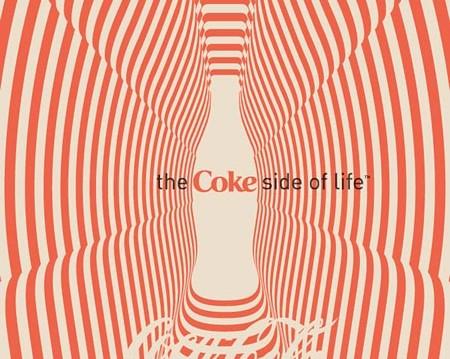From Internationale Situationniste #10 (March 1966).

The decomposition of the values and forms of traditional one-way artistic communication (in the plastic arts as well as all aspects of language) is accompanied by what is vaguely known as "the crisis of communication" in society, and which is at the same time the monopolistic concentration of one-way communication (of which the mass media is but a technological expression) and the dissolution of all common and communicable values, a dissolution produced by exchange value's crushing victory over use value on the battlefield of the economy.
The revolutionary sense that has dominated all truly modern art (and whose absence marks the qualitative end of modern art) can only understood in the context of the struggle against dominant conditions, that is to say, the project of a new communication. The victims of the various mystifications of this project — neo-dadaism and Stalino-Sartrism — all allow notions of originality and repetition to enter modern intellectual production, because they do not have enough foresight; they are cooled by the air of familiarity. But this familiarity is about as good as that of Atrides. When a certain [Georges] Pérec, the consumer of Les Choses, writes in Partisans, the journal of "open Stalinism," that "the crisis of language is a refusal of the real," he is ignoring the reality of refusal. The "refusal of the real" that he sees quite unimaginatively in the form of an artist who refuses reality, is in a totally different sense the refusal of the artist by reality: the radiography of a refusal that socially fabricated "reality" places in opposition to the tendencies of real life. If, in modern art, "the inexpressible is a value and the indescribable a dogma" (Pérec), it is because it is a matter of a world in which there is nothing that can be said. This rebellious contestation of modern art is reprised in the new literature of Robbe-Grillet without a hint revolt — even admiringly. This is just one sign among many of the generalized resignation in critical intelligence that led to the collapse of the revolutionary movement of the 1920's. One Sartre, at the October 1965 Congress of the "European Community of Writers" in Rome, did his best to shake off the problem of the cultural avant-garde, which was too complicated for him by asserting that it is conceivable only in a decolonized country. And during a "confrontation" — clearly stage-managed from the start — between believers and non-believers, at the 17th Catholic Intellectuals Week (closely related to the so-called Marxist "Thought" Weeks of the red priest [Roger] Garaudy), which gathered around a Jesuit such names as P.H. Chombart de Louwe and Ricouer, Philonenko and Balandier: "All agreed to recognize that unlike what took place last century, the human sciences have discovered their limits in the consideration of religious phenomena."
But already the industrial recuperation of artistic neo-decomposition is organized on the grandest of scales. Op Art, for example, turned into decoration almost immediately — current clothing styles represent the point when an art that was no more than a fashion directly became the art of fashion. You can read it for yourself in the 16 September 1965 issue of Elle: "The 1966 Elle style suits Op Art to a T. They're made for each other. The Elle style is a way of moving with the times, of getting into the new when it's serious and the reasonable when it's a little crazy. . . . Let this delightful little bug bite you, too. Get into the Op-timism of Op Art."
In fact, Pop Art and Op Art are one and the same: Prop Art, the propaganda art that forces you to survive with your times. Spreading everywhere, a machine named Abraham Moles1 hopes to have a creative function acknowledged by supporting a theory of "machines for creating."
To the delight of robots, combinatory writing can electronically compose a suite of poetry, sculpture, music, painting and so on. One can just as easily appreciate its mastery in Revue d'esthétique (no. 2, 1965) as in yet another Week, held in Bordeaux in October, where "Even [Jacques] Chaban-Delmas could be persuaded to take an interest it" (L'Express, 3-11-65). And in [André] Malraux's last Biennale — "the most successful," according to him — the goals of this integrated recuperation of the devalued fragment appeared at their best. According to Le Monde (30-9-69), always naïve and easily pleased: "These gatherings of the world's youth show that to some degree, artistic preoccupations even themselves out. There is no fundamental difference between the offerings of French, the Italians, the Japanese, the Swiss or the Turks. They are the same painted forms, the same collages, the same metal assemblages: today's modern art is truly international. Another observation: today's artists not only preoccupy themselves with pictures, but also with art in the city. Sculptors, painters and architects are combining their efforts to build "ideal cities," churches, youth hostels. . . . If you want to stay in step with the latest in young art, you need to go down the Avenue de President-Wilson."
Translated by Reuben Keehan. From https://www.cddc.vt.edu/sionline/si/recuperation.html
- 1Abraham Moles is the subject of Correspondence with a Cybernetician in I.S #9. He was also a "collaborator" with the journal Arguments which received scathing criticism in previous issues.





Comments